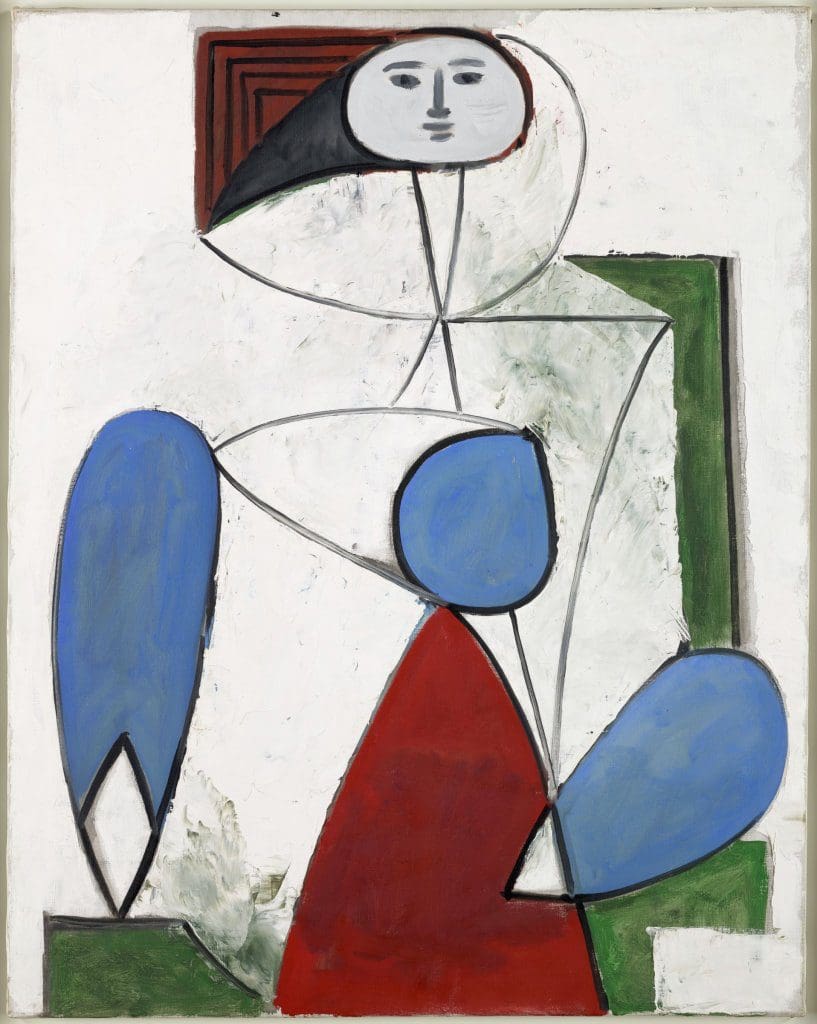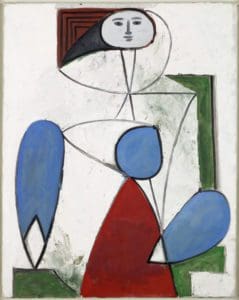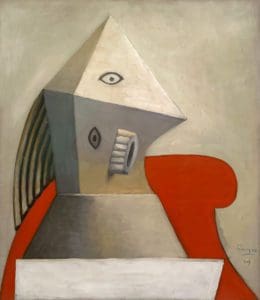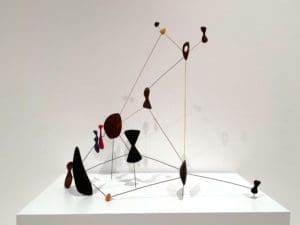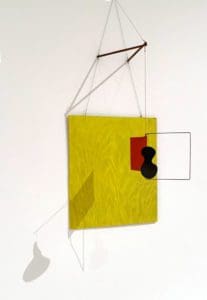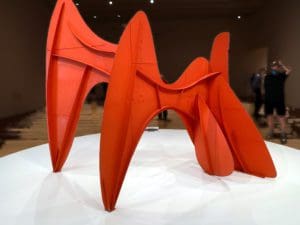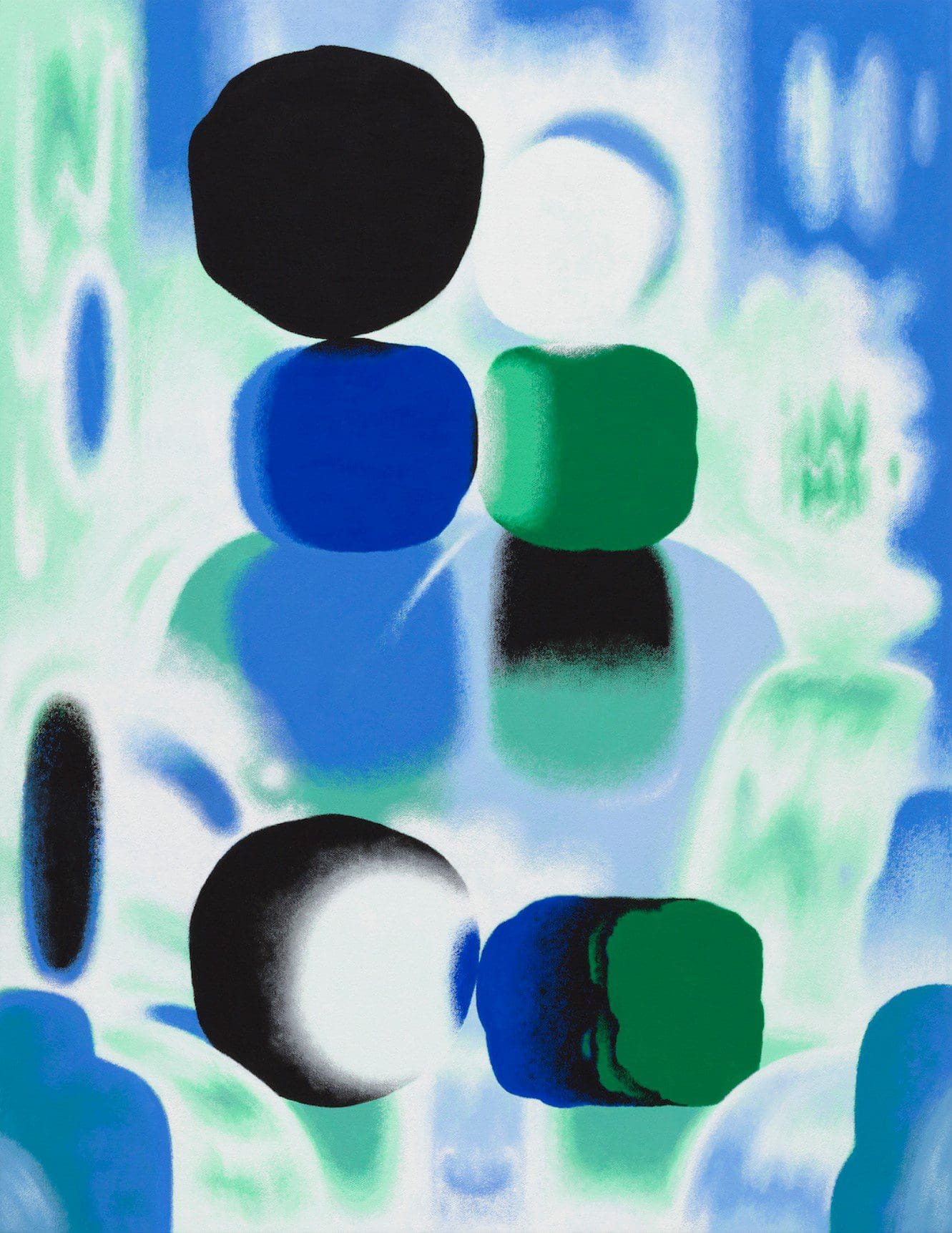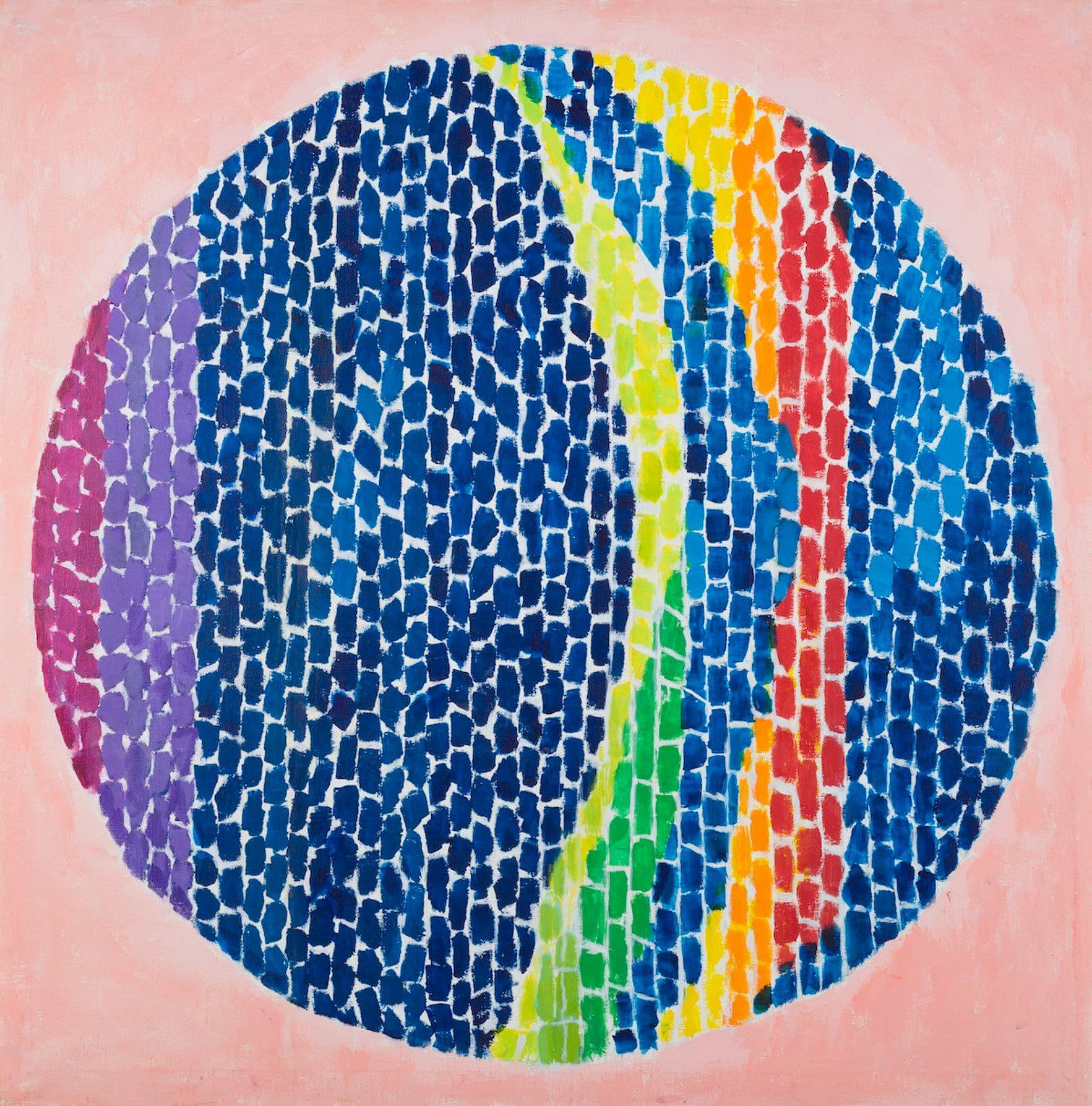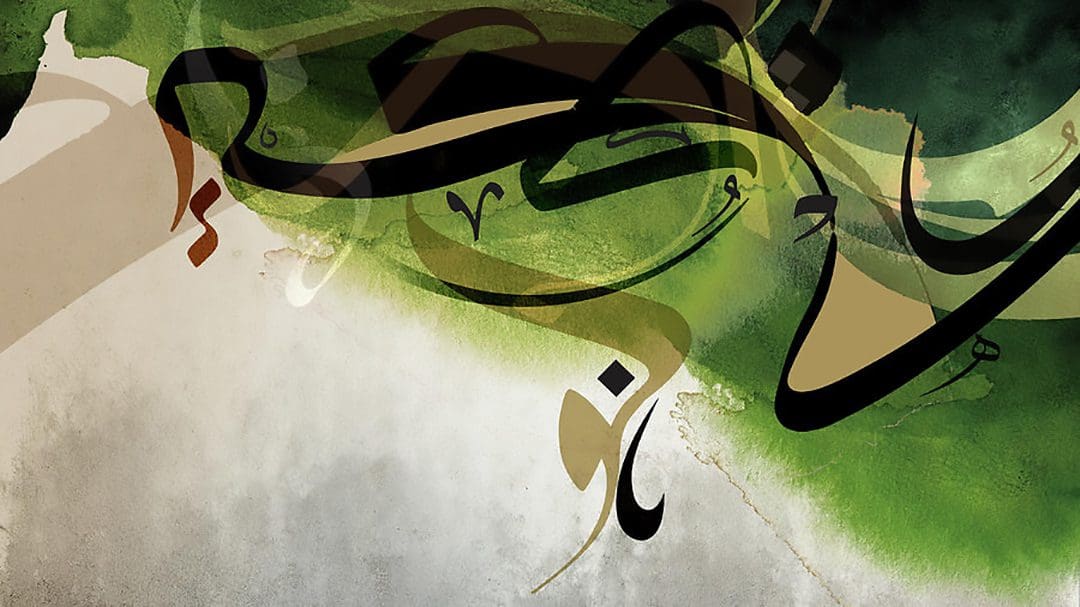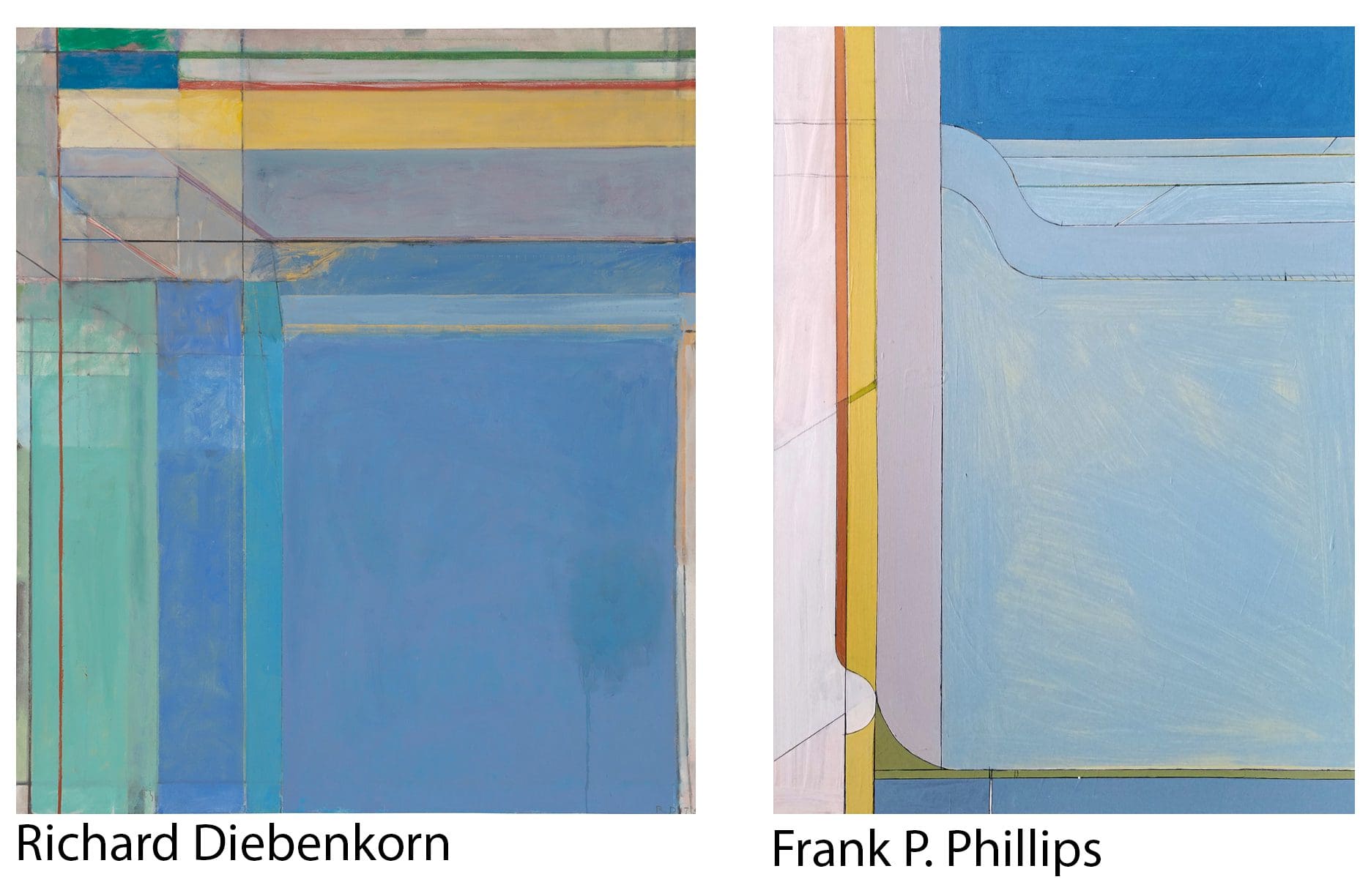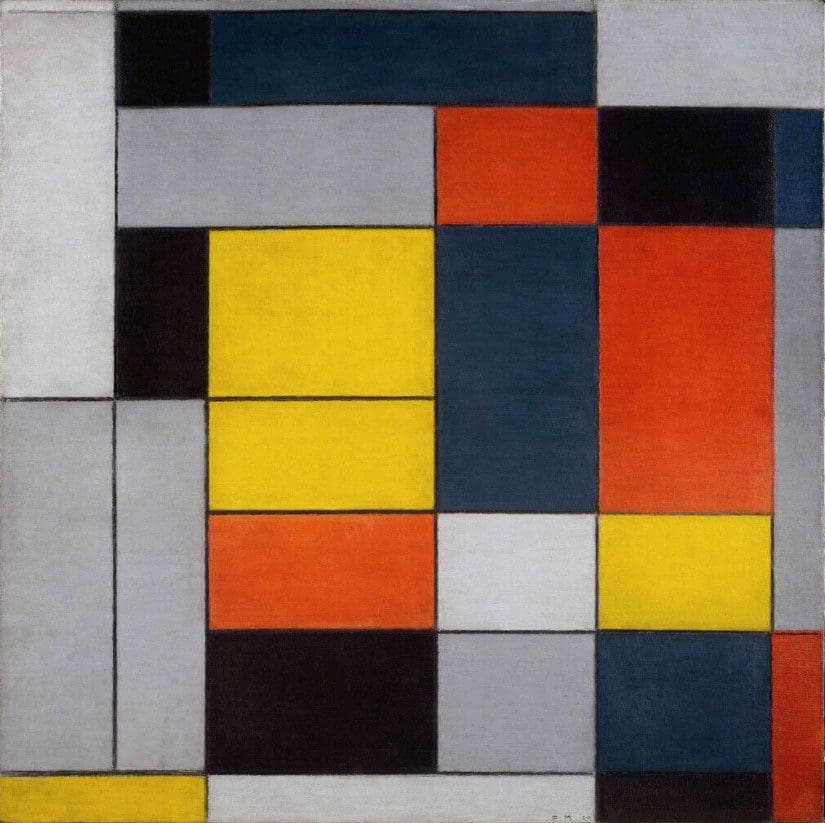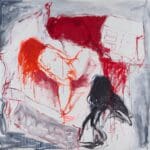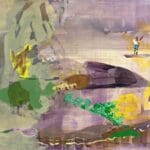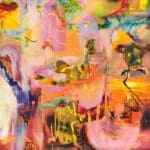on my recent annual visit with my sister, Chery Baird, who lives in Atlanta, we spent a day visiting the High Museum, and several galleries.
although i saw a few interesting paintings, many of the galleries were showing rather tepid work. pale color, relaxing quiet abstractions… perhaps because it is summer.
the main draw of the day was an extensive show comparing works by two 20th century masters: Alexander Calder and Pablo Picasso at the High Museum.
although the two artists only met in person a couple of times, their work influenced the other substantially. seeing the influences laid out in a beautifully presented, and well-documented exhibit was a thrill!

Inspiring Art Topic Discussion Like This with Me & "Private" Community Artist Members
overall, i vastly preferred the Calder’s on view. the Picasso paintings kept disappointing me because he would add an iconized “smiley face” onto a beautifully composed abstract – ruining it for me.
below i show two examples of an excellent (without the smiley face) and so-so (with the smiley face) version of one of Picasso’s paintings in the exhibit. you may or may not agree with me.
another portrait – much more abstract, was more disturbing emotionally, but much more satisfying.
Calder by contract, i found consistently amusing, and transporting.
so if you are anywhere near Atlanta (the last day is september 19) be sure to stop by!

